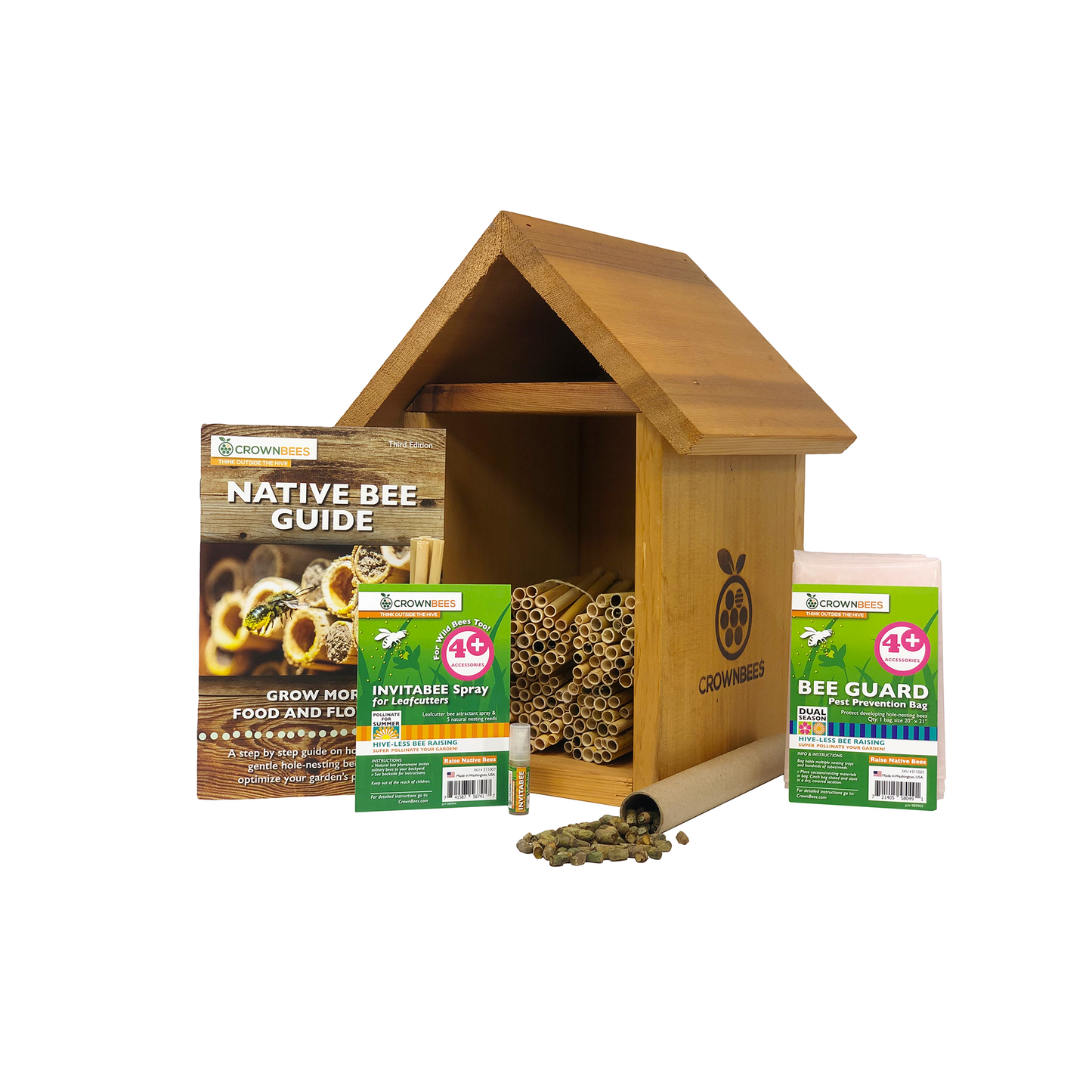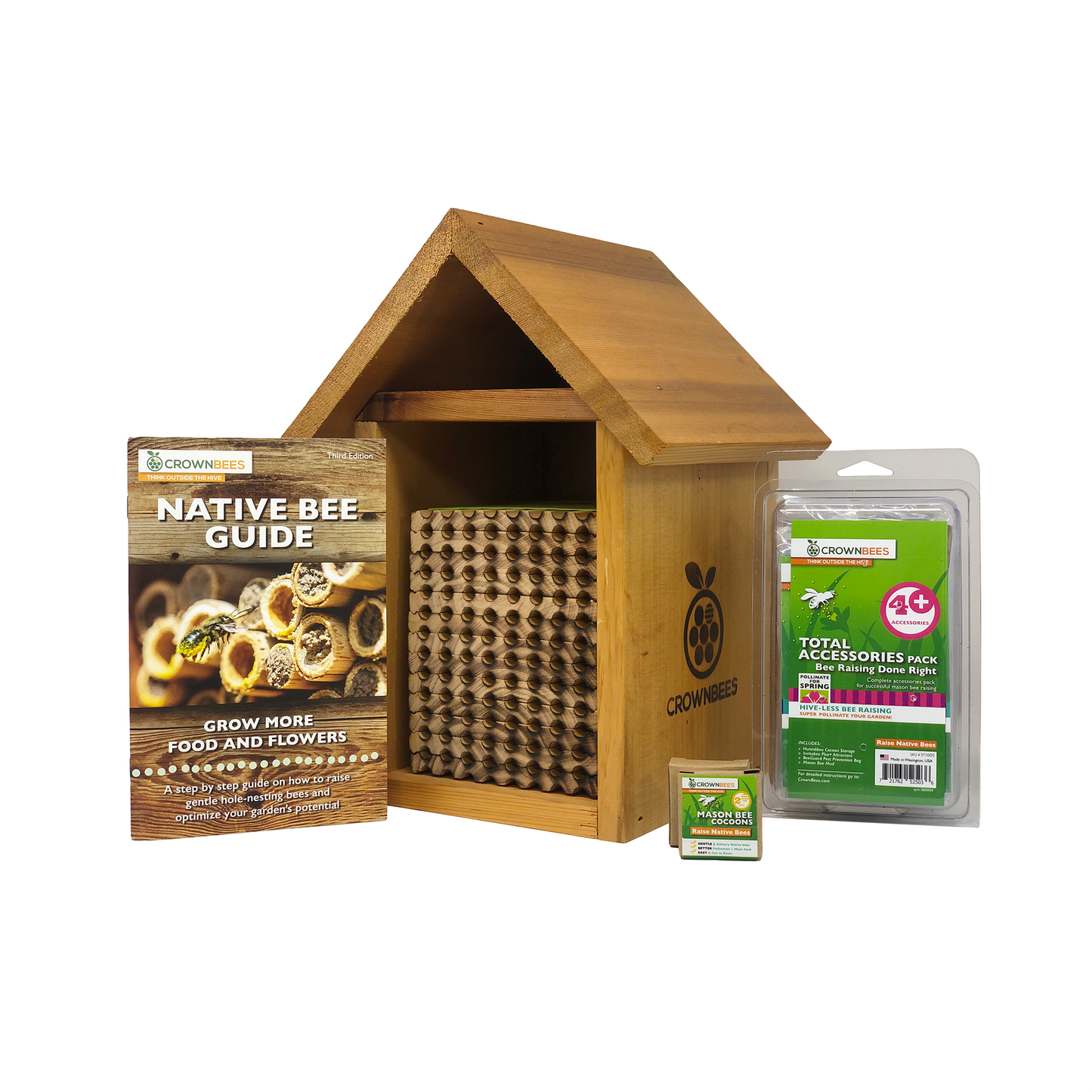Bartomeus I, Ascher JS, Gibbs J, Danforth BN, Wagner DL, et al. 2013. Historical changes in northeastern US bee pollinators related to shared ecological traits. Proceedings of the National Academy of Sciences. 110(12):4656–60
Biesmeijer JC, Roberts SPM, Reemer M, Ohlemüller R, Edwards M, et al. 2006. Parallel declines in pollinators and insect-pollinated plants in Britain and the Netherlands. Science. 313(5785):351–54
Burkle LA, Marlin JC, Knight TM. 2013. Plant-pollinator interactions over 120 years: loss of species, co- occurrence, and function. Science. 339(6127):1611–15
Cameron SA, Lozier JD, Strange JP, Koch JB, Cordes N, et al. 2011. Patterns of widespread decline in North American bumble bees. Proceedings of the National Academy of Sciences. 108(2):662–67
Colla SR, Packer L. 2008. Evidence for decline in eastern North American bumble bees (Hymenoptera: Apidae), with special focus on Bombus affinis Cresson. Biodiversity and Conservation. 17(6):1379–91
Colla SR, Ratti CM. 2010. Evidence for the decline of the western bumble bee (Bombus occidentalis Greene) in British Columbia. The Pan-Pacific Entomologist. 86(2):32–35
Goulson D, Lye GC, Darvill B. 2008. Decline and conservation of bumble bees. Annu. Rev. Entomol. 53:191–208
Grixti JC, Wong LT, Cameron SA, Favret C. 2009. Decline of bumble bees (Bombus) in the North American Midwest. Biological conservation. 142(1):75–84
Mathiasson ME, Rehan SM. 2019. Status changes in the wild bees of north-eastern North America over 125 years revealed through museum specimens. Insect Conservation and Diversity. 12(4):278–88
Mathiasson ME, Rehan SM. 2020. Wild bee declines linked to plant-pollinator network changes and plant species introductions. Insect Conservation and Diversity
Ollerton J, Erenler H, Edwards M, Crockett R. 2014. Extinctions of aculeate pollinators in Britain and the role of large-scale agricultural changes. Science. 346(6215):1360–62
Powney GD, Carvell C, Edwards M, Morris RK, Roy HE, et al. 2019. Widespread losses of pollinating insects in Britain. Nature communications. 10(1):1018
Scheper J, Reemer M, van Kats R, Ozinga WA, van der Linden GT, et al. 2014. Museum specimens reveal loss of pollen host plants as key factor driving wild bee decline in The Netherlands. Proceedings of the National Academy of Sciences. 111(49):17552–57
Zattara EE, Aizen MA. 2021. Worldwide occurrence records reflect a global decline in bee species richness. One Earth. 4:114–23









